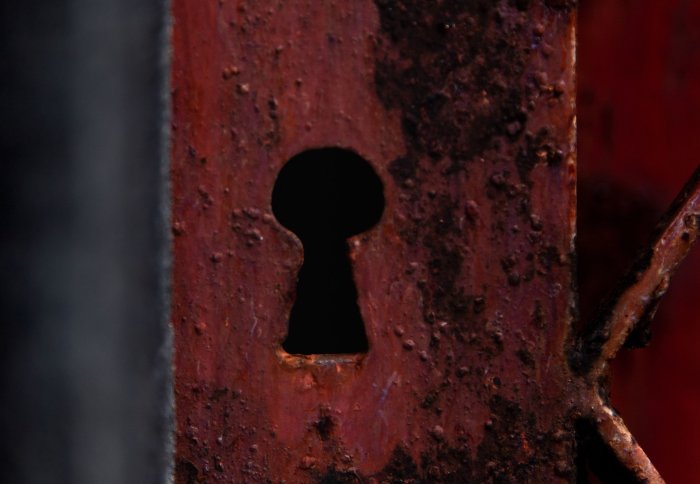

An experimental study examined the water oxidation mechanism on nickel and iron catalysts for the production of sustainable fuels.
Hydrogen is a promising chemical fuel to form the basis of a sustainable energy future, but it is too light to be found naturally on Earth. Water is an abundant resource which may be split into the component gases hydrogen and oxygen using sunlight, the inspiration for which stems from photosynthesis in green plants which store solar energy in chemical bonds.
At first glance, each catalyst behaves similarly, but we now see that there are more complex processes at play. We are only just beginning to place all the pieces together. Professor James Durrant
Of the reactions involved, the water oxidation reaction to form molecular oxygen is particularly challenging and much research has been devoted to examining materials that can perform this chemistry effectively.
In particular, nickel- and iron-based oxides and oxyhydroxides have received a lot of attention as Earth-abundant, stable and high-performing electrocatalysts for water oxidation. Such materials could be implemented in the dark, using electricity generated by photovoltaics, or placed directly on top of a light-absorbing material submersed in water.
However, despite the large number of studies dedicated to these materials, the mechanism of reaction is not known and it is not well understood why there is a synergistic effect when both nickel and iron are present.
Two distinct oxidation processes
A recent study conducted by the group of Professor James Durrant at Imperial College London, in collaboration with the group of Professor Kyoung-Shin Choi at the University of Wisconsin, Madison, aimed to elucidate the oxidative chemistry involved in the oxygen evolution reaction on such mixed-metal electrodes.
Samples of differing Ni/Fe ratios were prepared in Wisconsin examined using optical and electrochemical techniques by lead researchers Laia Francas and Sacha Corby in London.
Interestingly, they could determine two distinct oxidation processes from simple optical experiments and observed the accumulation of a reactive intermediate during steady-state catalysis.
Differences in spectral signature between samples revealed that this catalytic intermediate was Fe-centred in samples with high iron concentrations, but Ni-centred in samples with less than or equal to 5 percent dopant iron atoms. This result addresses a key point of controversy in the wider literature regarding which metal is active during catalysis.
Just at the beginning
Professor Durrant, whose group led this study, says: “It was amazing to obtain such results from just a simple UV-vis spectrometer. This study may open the door to more optical studies on materials that are not traditionally used as light absorbers.”
Using adaptations to common experimental techniques, the Durrant group researchers were able to discern rates and turnover frequencies for the reactive species observed. Of great significance, it was found that the ease of forming the reactive intermediates was the primary determinant of the catalytic onset.
Furthermore, it was concluded that both the concentration and kinetics of reactive intermediates together dictated the attainable current – different samples could show completely opposing trends in concentration and rate but give the same overall performance.
“These results highlight just how little we truly know about how these materials function,” said Professor Durrant. “At first glance, each catalyst behaves similarly, but we now see that there are more complex processes at play. We are only just beginning to place all the pieces together.”
Corresponding authors for the study are Professor James Durrant at Imperial College London and Dr Laia Francas, formerly also at Imperial. The Imperial researchers are from the Department of Chemistry and the Centre for Plastic Electronics.
-
'Spectroelectrochemical study of water oxidation on nickel and iron oxyhydroxide electrocatalysts' by Laia Francàs, Sacha Corby, Shababa Selim, Dongho Lee, Camilo A. Mesa, Robert Godin, Ernest Pastor, Ifan E. L. Stephens, Kyoung-Shin Choi & James R. Durrant is published in Nature Communications.
Article text (excluding photos or graphics) © Imperial College London.
Photos and graphics subject to third party copyright used with permission or © Imperial College London.
Reporter

Dr Sacha Corby
Department of Chemistry

Contact details
Email: press.office@imperial.ac.uk
Show all stories by this author




Leave a comment
Your comment may be published, displaying your name as you provide it, unless you request otherwise. Your contact details will never be published.